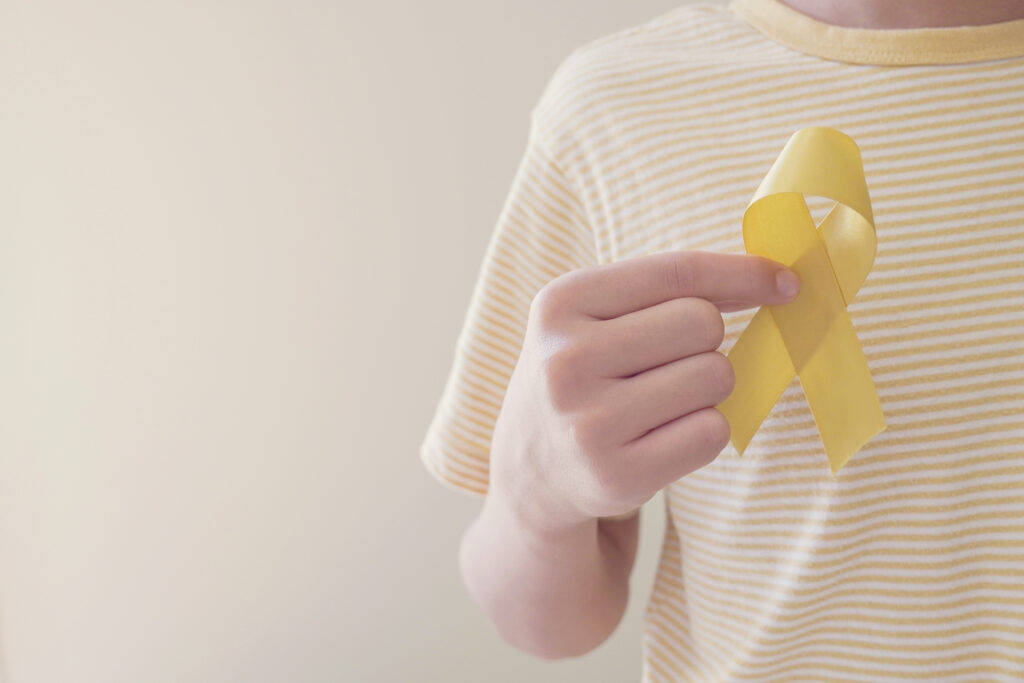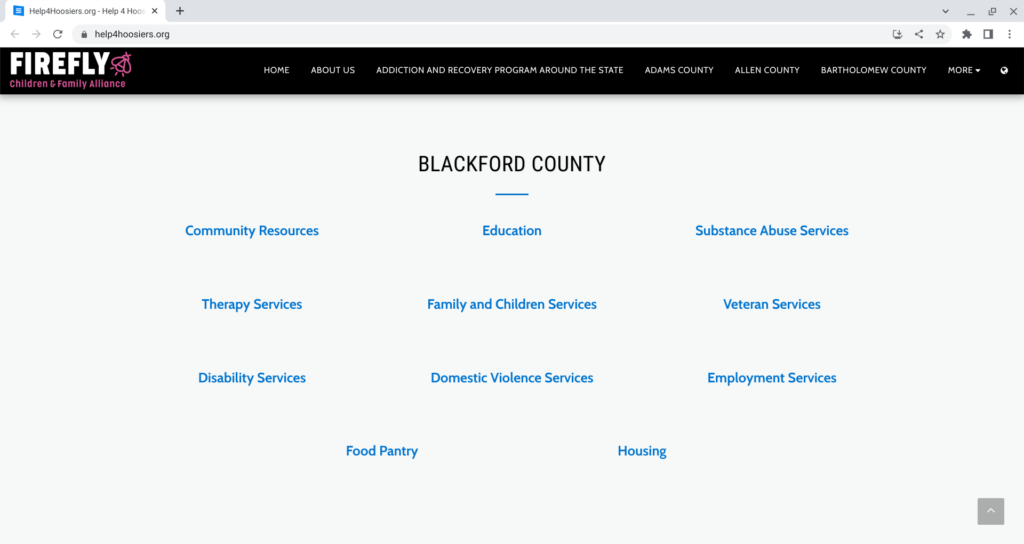Big Problems, Local Solutions
By: Kathryn Fenstermacher
On December 29, Blackford County resident Lawrence “Larry” Musselman will celebrate 13 years of recovery.
Anyone who knows Musselman knows about his history with addiction. Starting at age 12 and for the next 20 years, he self-medicated with drugs and alcohol in response to his experience of early childhood trauma. By the time he was arrested on two felony dealing warrants, his drug of choice was, “What do you got?”
“It didn’t matter as long as I could get high off of it,” he said.
For many people, this type of honesty is astonishing. For Musselman, it’s part of his mission. “I always say I recover loudly so others don’t die in silence,” he said. “There’s still a lot of stigma surrounding childhood trauma, PTSD, mental health issues, and a lot of those lead to substance use disorder.”
Musselman’s personal experience battling addiction and mental illness have led him to care deeply about these issues. That is why he, along with approximately a dozen like-minded individuals in the county, have come together to form the Client Consultation Board, which is working to address substance misuse and mental health in Blackford County.

The Client Consultation Board (CCB) was organized in late 2020 as part of the Indiana Division of Mental Health and Addiction’s (DMHA) Regional Prevention System. Through regular meetings, outreach and other programming, the CCB has been working to address two primary concerns: the first is to increase awareness of the substance misuse and mental health issues in Blackford County, including ways to prevent these issues from turning into chronic disorders. “Seeking treatment in the beginning stages [of mental illness or substance misuse] could possibly prevent further harm and serious complications down the road,” said Jessica Pierson, LPN, a public health nurse and communicable disease investigator with Blackford County Health Department. “Reducing stigma and promoting prevention in our community will hopefully lead to better outcomes for individuals.”
The second is to bring in the necessary funding for increased prevention services in the county, specifically to fund programing, training and expansion of services to equip staff and community members to help those in need. According to Musselman, who serves as matrix coordinator for a pilot program for Integrated Reentry and Correctional Services at Delaware County Jail, Blackford has few local mental health services available, and no transitional housing. “Currently, Blackford County has to outsource to other counties,” he said.
In the meantime, the CCB is working hard to promote existing resources that Blackford residents may not be aware of: like free drop boxes for safe disposal of prescription drugs available at all hospitals and pharmacies, and an emergency Narcan kit located at the entrance road leading into Lighthouse Church. They also leverage their connections with other like-minded groups, such as Firefly Children and Family Alliance, which offers recovery services for children and families to promote overall family well-being.
“Substance misuse and mental health directly affect everyone in a home,” said Tashia Weaver, director of prevention services for Firefly. “We must work to break the stigma against reaching out. In addition, it is important to break the information sharing barrier that prevents us from knowing what help is out there.”

No one knows this better than Kenny and Mary Musselman, who helplessly watched their son Larry’s downward spiral with addiction as he bounced in and out of their home during his adult years. When Musselman was arrested, they took custody of his three children and raised them while he served his time. In the very season where they most needed support, they felt isolated – like it was taboo to talk about what they were going through – and had no resources to turn to. “There’s a constant worry and helplessness because you don’t know what to do,” Mary said. “I was just doing the best I could to take care of him and his kids . . . I prayed a lot.”
“We could complain to each other,” Kenny added. “We understood what was going on but we couldn’t convey that to other people.”
Stories like this are part of why the CCB is working hard to break stigma, particularly around mental health. Through outreaches like their recent movie screening of “Inside Out” in downtown Hartford City, CCB members hope to normalize the process of seeking services for mental health and substance use disorder, just like for any other resource. “For people who are brave enough to step out and begin to have the conversation, . . . almost immediately you are surrounded by people that you had no clue that this is a part of their world, too,” said Cheri Brown, community development educator and director for Blackford County Purdue Extension.
The CCB’s strategy to reduce stigma includes removing information and access barriers for those who need services, whether for themselves or for a loved one. In collaboration with Firefly and the Taylor University Social Work Program, CCB has published a free resource guide to local services ranging from food pantries to mental health support. Free copies are available at multiple locations throughout the county, including local churches, Purdue Extension, and the Blackford County Health Department. Constituents can also access a digital version online at www.Help4Hoosiers.org.

The Regional Prevention System is part of a larger, statewide effort to address Hoosier mental health. The Indiana Behavioral Health Commission recently concluded a two-year examination of the state’s behavioral health delivery system, and found that approximately 1 in 5 Hoosiers experience mental illness each year, which, left untreated, is costing the state $4.2 billion annually. The 2022 Indiana Youth Survey found that approximately one-third of 6th – 12th grade students experienced feeling so sad or hopeless for two or more weeks in a row that they stopped doing their normal activities. To top it all off, the Centers for Disease Control and Prevention report that suicide is currently the leading cause of death for adults ages 18 – 45 nationwide.
“Mental health is health.”
Lindsey Cox, Blackford County Community Wellness Coordinator
“Recovery isn’t just substance use disorder, it’s mental health as well,” Musselman said. “That’s where the gap needs to be bridged more, and I think that the Client Consultation Board does that.”
In the face of such grim statistics, where does a community even start toward positive change? For the Musselman family, they relied on each other. And Blackford County can do the same, with the CCB boldly leading the way. “There’s lots of resources, there’s lots of people that will be so happy to have that conversation surrounding mental health and substance use and prevention,” said Grace Christman, Blackford County resident and CCB member who also serves as the Drug Free Communities project coordinator for the Jay County Drug Prevention Coalition. “It’s really important that we tackle it as a community.”
To learn more about the Client Consultation Board or to get involved, contact DMHA regional coordinator Jason Craig at (765) 744-9893 or Jason.Craig@fssa.in.gov. Anyone considering suicide or experiencing a mental health crisis can call 988 to receive 24/7 assistance from a trained crisis specialist at the Suicide and Crisis Lifeline. Local resources are also available at www.Help4Hoosiers.org.




